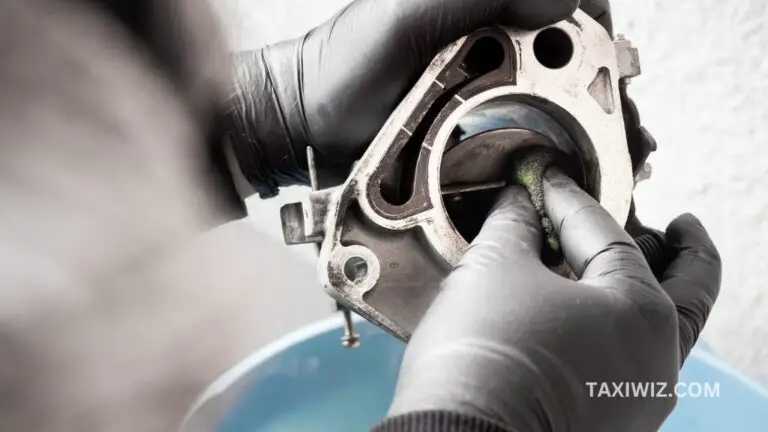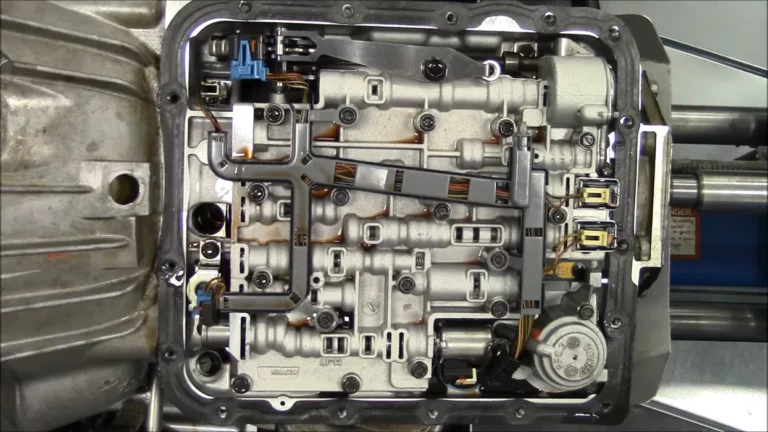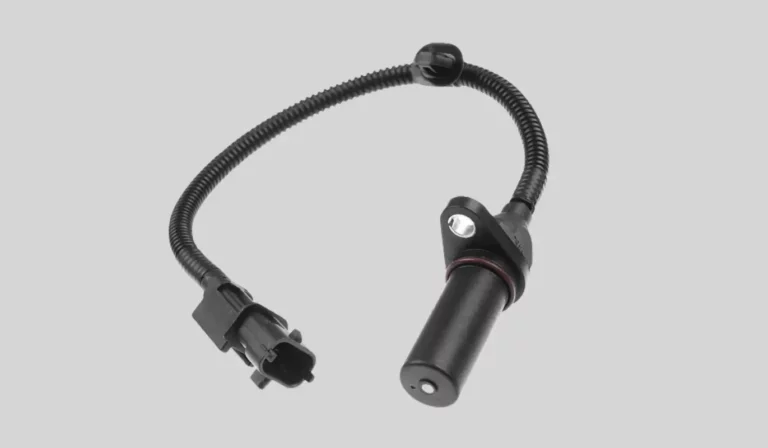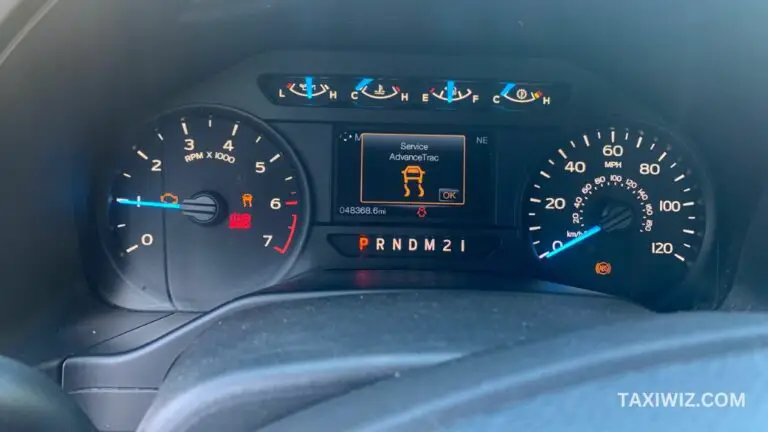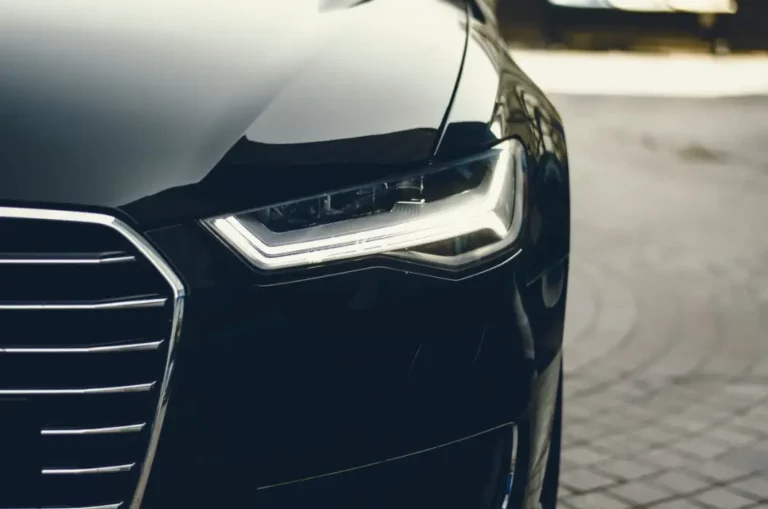How to Jump a Starter Solenoid?
Among the many parts a car has, many consider the starter solenoid its gateway. This electromagnet is crucial for the vehicle’s engine to gain the power to activate. It’s typically connected to the starter motor it manages.
You must know how to jump a starter solenoid in case you face engine troubles on the road. This process usually involves the following things;
- Connecting a jumper cable with a functional battery
- Contacting the component’s smaller terminal
- Knowing the starter solenoid’s location
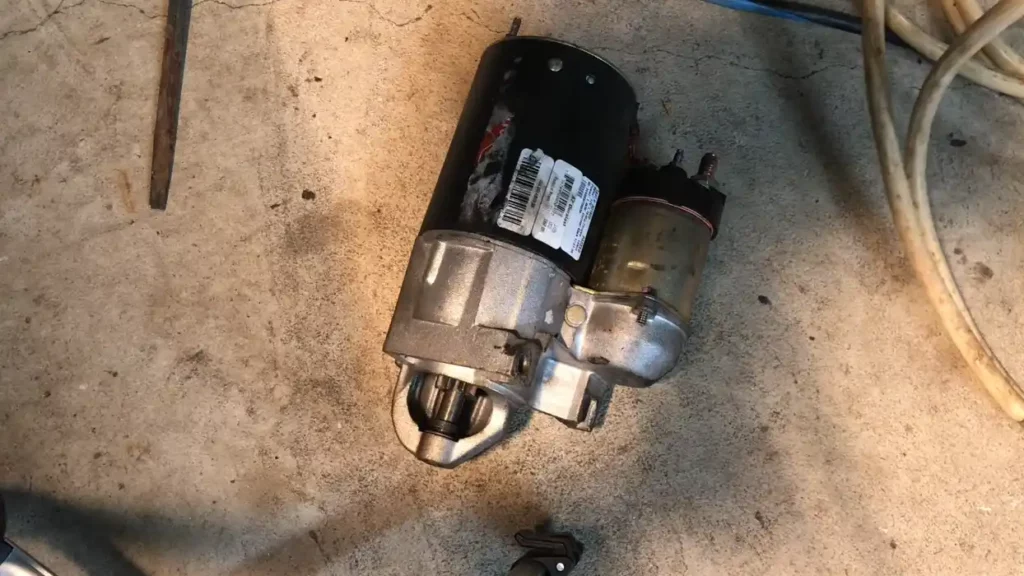
Necessary Safety Measures
Jumping a starter solenoid is an extremely sensitive process that leads to severe accidents if not done properly. Below are the safety measures you will have to take for safe execution.
1. Wear the Proper Gears
Most of the dangers of jumping a starter solenoid are relevant to electrocution. Therefore, it’s essential to wear rubber gloves to eliminate this risk. Its lack of free electrons prevents electricity from passing through them and safeguards you.
Damage to the eyes is also a risk that you must consider during this process. Therefore, you must wear safety goggles during the entirety of this process.
This gear will stop any fluid or electrical sparks from getting into your eye while you work on the component.
2. Stabilizing the Vehicle
You may need to jump a starter solenoid on the road in most scenarios. Therefore, you must ensure that your car is dormant before you conduct the process. The last thing you would want is for the vehicle to move while you perform repairs.
A necessary precaution you must take before jumping the starter solenoid is putting the car on neutral. Also, apply the handbrake as an additional measure. It will ensure no chance of movement from the vehicle while you conduct the fixes.
3. Checking the Battery’s Condition
Most of the dangers related to jumping a starter solenoid come from the battery. There’s a high risk of electric shock if the component isn’t deactivated before you work on it.
Thus, you must unplug its negative connection before beginning the process.
4. Ensure the Quality of the Equipment
The jumper cable is the most vital equipment to jump a starter solenoid. Therefore, you must use one that is properly insulated and has a gauge size appropriate for the job. It’s better to check the component’s compatibility before purchasing the cable.
A vital safety measure you must take while using the jumper cable is to stop it from touching metallic surfaces.
The chances of electrocution are incredibly high if you fail to take this precaution. Avoiding contact with other electrical parts are also advisable in this regard.
Related Post: Where Is The Transmission Pressure Control Solenoid Located?
How to Jump a Starter Solenoid
Some of the most popular methods to jump a starter solenoid are given below. Keep on reading to understand which one will suit your needs the best.
Method-1: Use a Screwdriver
Among the many methods that are used to jump a starter solenoid, this is the most simplistic one. All you will need to complete this procedure include a screwdriver and a wrench. Start by parking the car, turning it off, and locating the component.
Once your vehicle is dormant, use a screwdriver to remove the battery’s positive end. Be sure the tool has a rubber handle. Connect its metal shaft with the solenoid’s positive terminal.
Touch the small terminal that connects the solenoid to the starter wire with the opposite edge of the screwdriver.
It will turn over the engine by triggering the starter motor. Then, remove the screwdriver immediately and replace the cable on the battery’s positive end.
Method-2: Use Jumper Cables
Many car experts consider using jumper cables to jump a starter solenoid the most effective method.
The tools you will need for this endeavor include the active battery of a donor car, jumper cables, and proper safety gear.
Start by parking the donor car facing your car while its engine is running. Keep a few feet’ distance between them and turn off their ignition.
Once they are in the proper position, pop their hood open and find their batteries and positive and negative terminals.
Method-3: Method for Motorcycles
There’s a unique process for motorcycles if you need to jump the starter solenoid. You will only need two jumper cables to complete this process.
Once you find the component in the vehicle, use a wire to connect the battery’s positive end to its positive end.
An easy way to identify the positive terminal is by looking for the cable that connects the starter model with the solenoid. Furthermore, they also bear the “S” or “+” label to conveniently locate them.
Take another jumper cable to connect the solenoid’s small terminal to the battery’s positive terminal. If the solenoid starts to make a clicking noise, it’s an indicator that the component is functional again.
Remove the jumper cables once the solenoid becomes operational. Start by disconnecting the one connected to the small terminal and then one engaged to the positive cable.
Related Post: Where Is The Transmission Pressure Control Solenoid Located?
Frequently Asked Questions [FAQs]
How do you bypass a starter solenoid?
You can bypass a starter solenoid by touching the starter motor’s terminal with a screwdriver.
Can you start a car without a starter solenoid?
Starting a car without a starter solenoid is impossible even if you have its key.
What happens if a car has a faulty starter solenoid?
A faulty starter solenoid causes the battery to produce low voltage and prevents the engine from starting.
Conclusion
Drivers should know how to jump a starter solenoid despite their driving experience. It’s a nifty skill that can come in handy when your car breaks down suddenly while on the road.
Moreover, this method is relatively easy as it can be accomplished by tools that are typically found in every car’s toolbox.
Not only will it help you get out of a messy situation, but also save you the money you will otherwise need to hiring a mechanic in this scenario.

